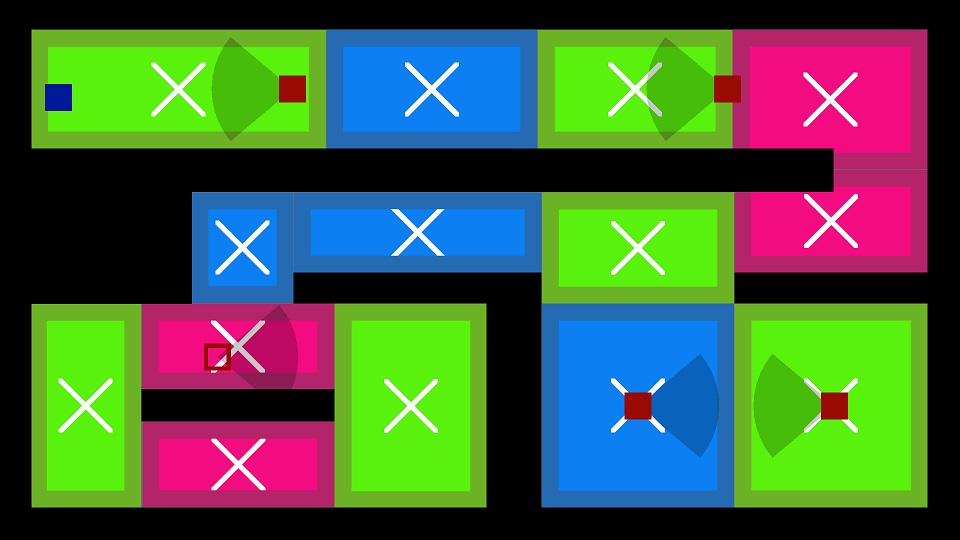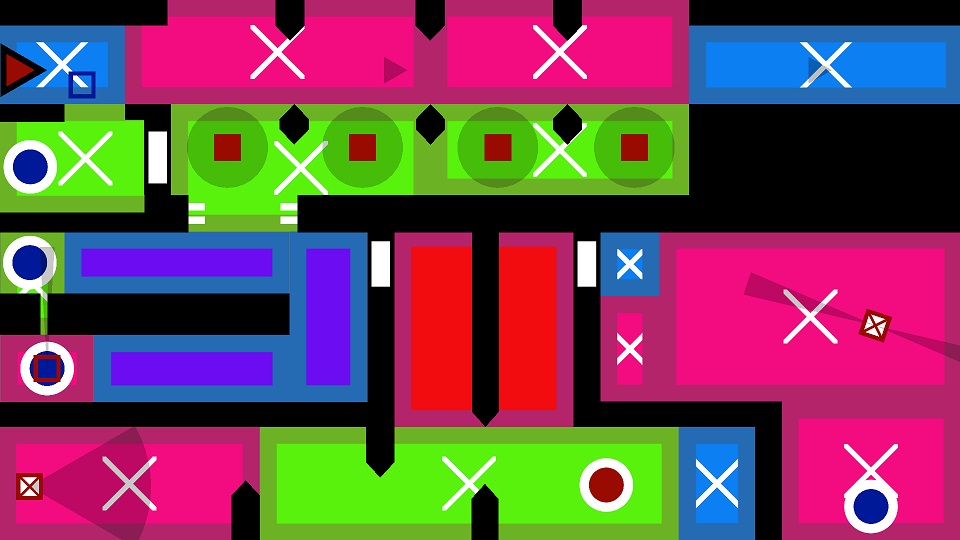PROJECT DUTIES

SYSTEMS PROGRAMMING
- Established an event-driven architecture with C# events
- Created an additive Unity scene system for a layered scene structure
- Developed a simple saving/loading system with persistent data

GAMEPLAY PROGRAMMING
- Implemented player movement and enemy FOV types
- Programmed UI
- Utilised state machine pattern, component pattern, and Unity's NavMesh pathing to develop a selection of AI enemies

DESIGN
- Pitched initial concept - inspired by Samurai Jack (Episode XL: Jack vs. the Ninja)
- Designed and tested the mechanics, ensuring they were introduced after players successfully mastered the previous mechanic
- Developed levels with difficulty curves in mind
- Facilitated multiple playtests
- Designed jazz-inspired soundscape and sourced sound clips